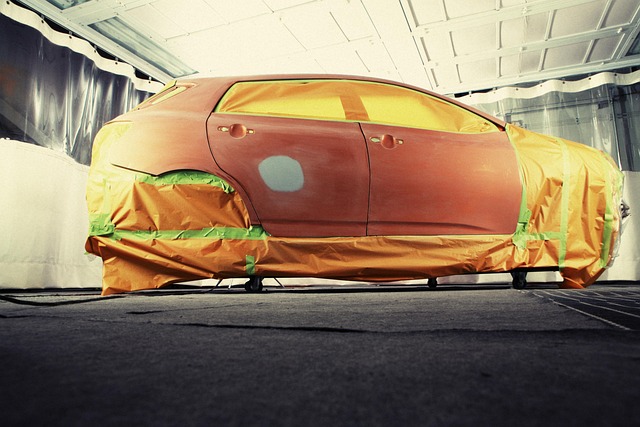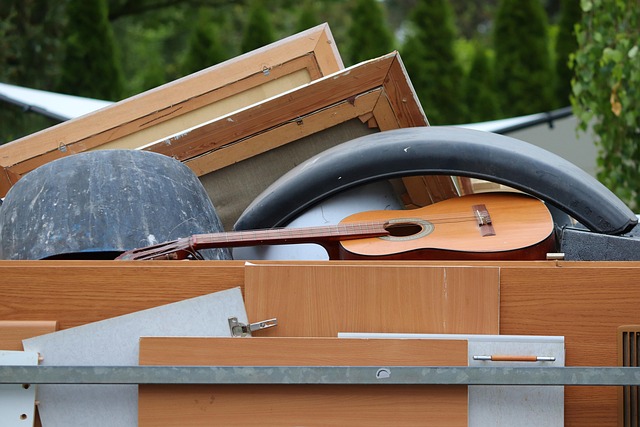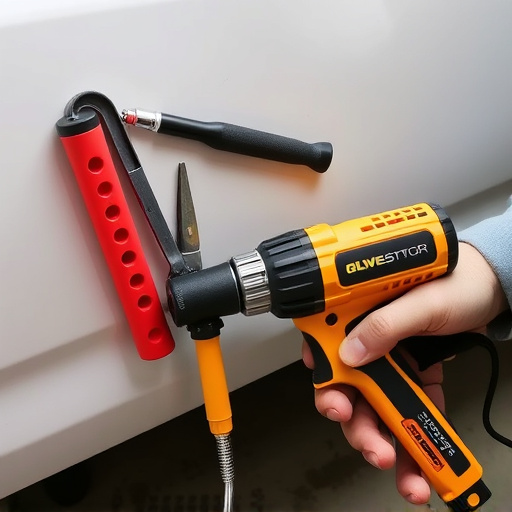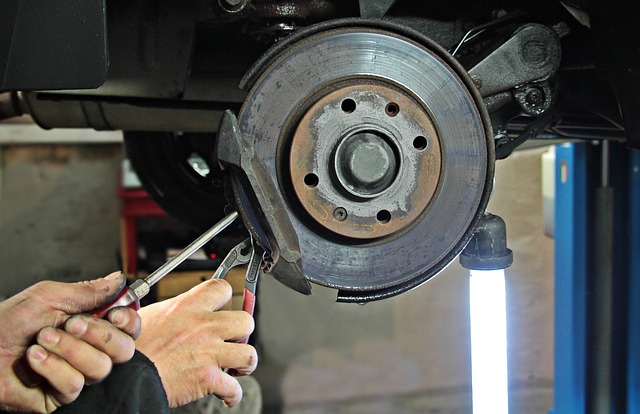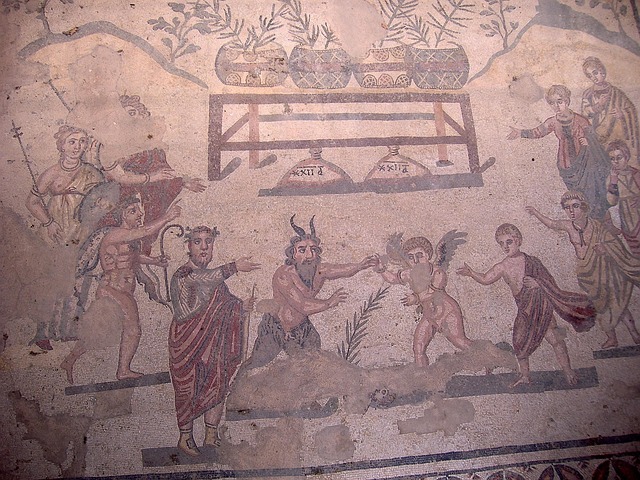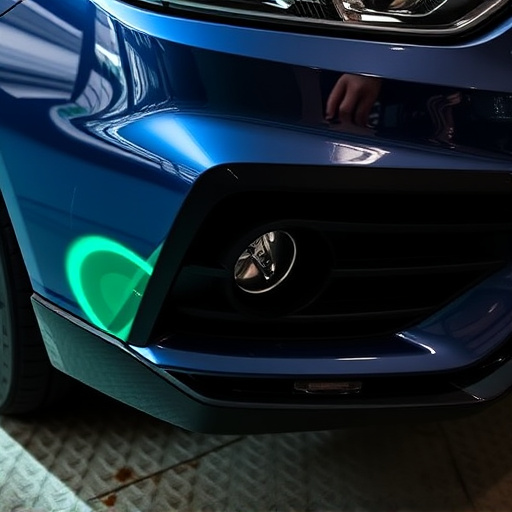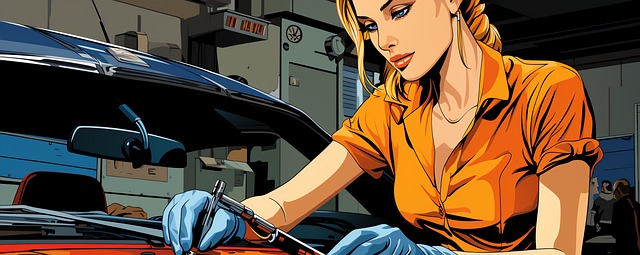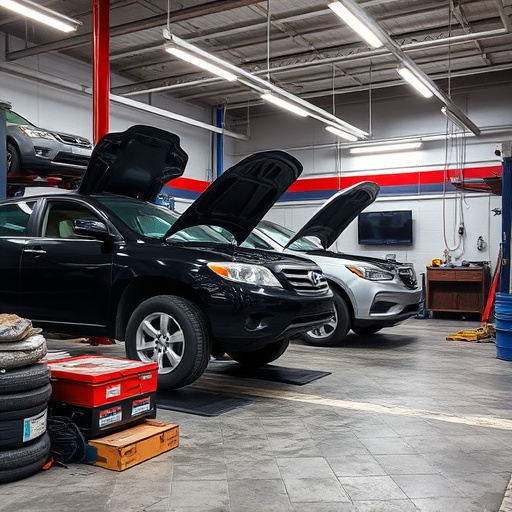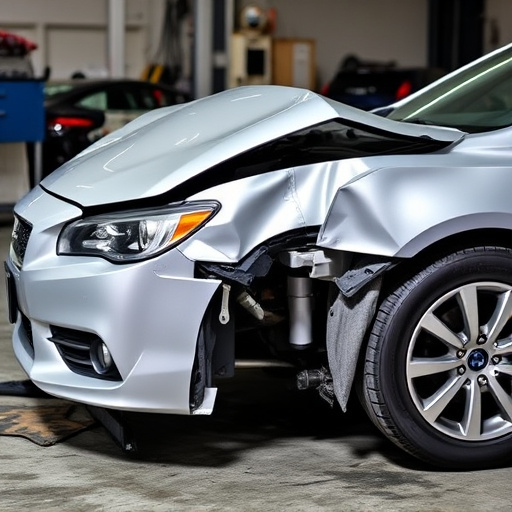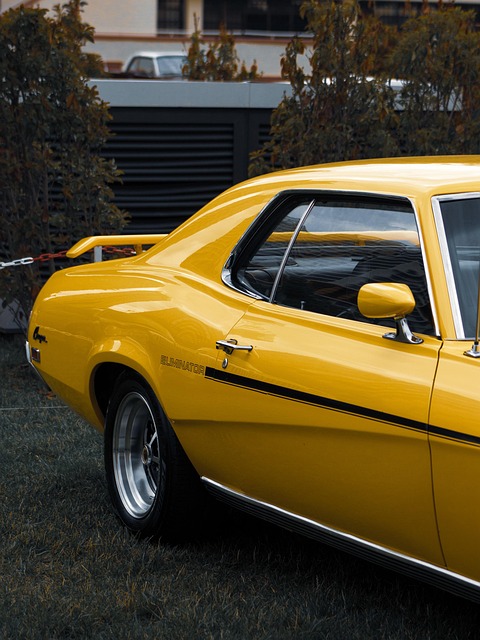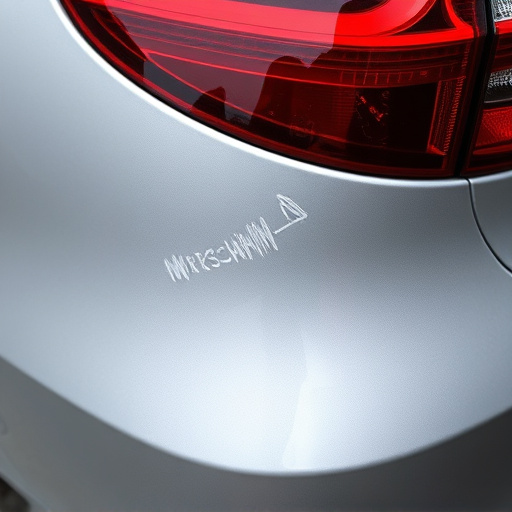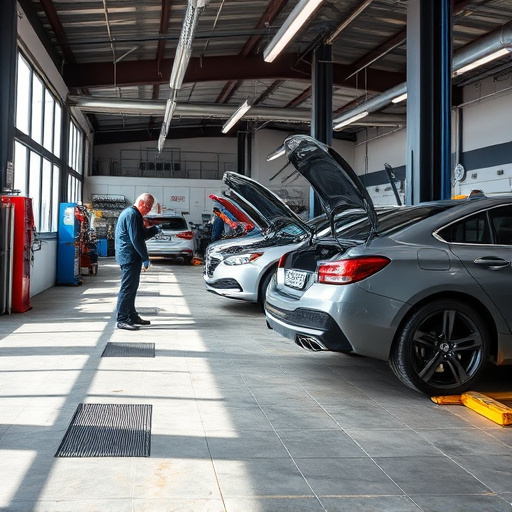Post-repair safety inspections are crucial for automotive repair services to meet OEM (Original Equipment Manufacturer) standards. These meticulous checks ensure structural integrity, correct component replacements, and adherence to modern safety standards, preventing future accidents. Compliance is vital for collision centers performing complex repairs, fostering excellence, and providing customers with peace of mind. Regular inspections guarantee paint services maintain precision, quality, and vehicle integrity.
Post-repair safety inspections are an integral part of maintaining original equipment manufacturer (OEM) standards. With stringent safety regulations and evolving technologies, these checks ensure that repaired vehicles meet the highest safety criteria. This article delves into understanding OEM safety standards, highlighting the significance of post-repair inspections in quality assurance. By examining key aspects like structural integrity, system functionality, and compliance with industry best practices, these inspections safeguard drivers and enhance road safety.
- Understanding OEM Standards for Safety
- The Role of Post-Repair Inspections
- Ensuring Compliance and Quality Assurance
Understanding OEM Standards for Safety
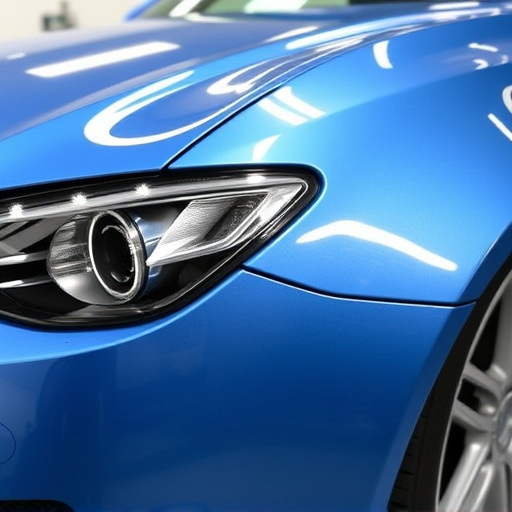
OEM (Original Equipment Manufacturer) standards for safety are paramount in ensuring that vehicles meet rigorous performance and reliability criteria. These standards cover a wide range of aspects, from structural integrity to advanced driver-assistance systems (ADAS), focusing on both passenger safety and vehicle performance. For collision repair services or fleet repair shops, adhering to these standards is not just a regulatory requirement but also ensures the highest quality of repairs.
A comprehensive post-repair safety inspection plays a crucial role in aligning with OEM specifications. This process involves meticulous checks to verify that all components have been correctly replaced or repaired, maintaining the vehicle’s original design and safety features. Whether it’s for a simple vehicle dent repair or more complex restoration, each step must be documented and assessed against OEM guidelines. Such inspections guarantee not just the structural soundness of the vehicle but also its adherence to modern safety standards, making them an indispensable part of any reputable collision or fleet repair service.
The Role of Post-Repair Inspections
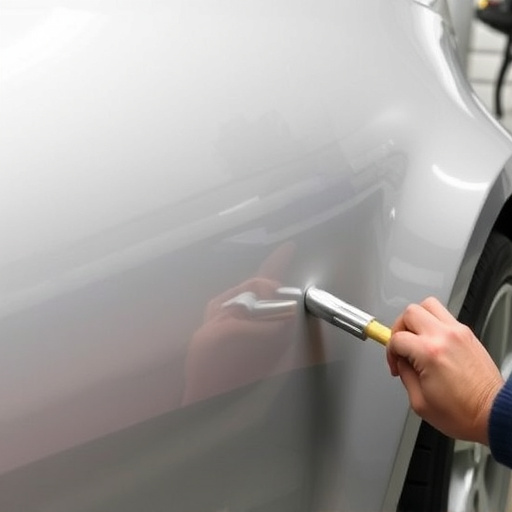
Post-repair safety inspections are a critical component of maintaining high standards in automotive repair services. They serve as a bridge between the collision center and ensuring that vehicles return to the road safely. These meticulous checks are designed to identify any residual issues or discrepancies after a repair, guaranteeing that every vehicle meets the original equipment manufacturer (OEM) standards. By implementing such inspections, auto body shops can uphold their reputation for quality work and provide customers with peace of mind.
Moreover, regular post-repair safety inspections play a pivotal role in preventing future accidents and potential hazards. They allow technicians to verify the structural integrity of vehicles, including critical components like frames, panels, and safety systems. This process is especially vital in collision centers where repairs might involve complex adjustments and replacements. With each inspection, auto body shops can guarantee their customers’ safety on the road while promoting a culture of excellence within automotive repair services.
Ensuring Compliance and Quality Assurance
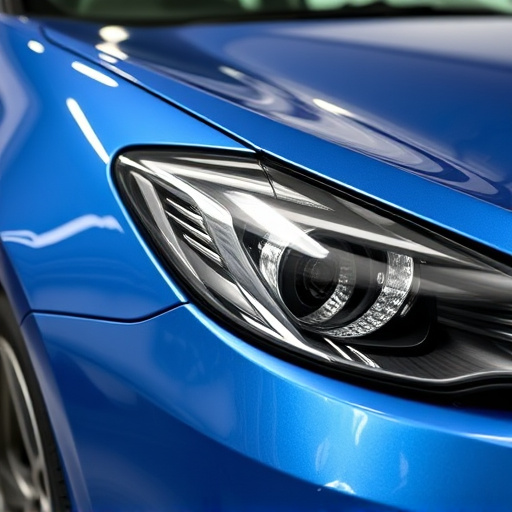
Ensuring compliance with OEM (Original Equipment Manufacturer) standards is a vital aspect of post-repair safety inspections for automotive restoration. These rigorous checks guarantee that every car undergoing paint services meets the precise specifications set by the vehicle’s original producer. Auto painting, as an intricate process, demands meticulous attention to detail to maintain consistency and quality. Therefore, post-repair inspections play a critical role in upholding these high standards.
By conducting thorough safety inspections, technicians can identify any deviations from the OEM guidelines during the restoration process. This includes scrutinizing the paint job for issues like improper color match, uneven application, or substandard finishing. Regular compliance checks ensure that car paint services do not compromise the vehicle’s overall integrity, safety, and performance, ultimately providing customers with a reliable and satisfying repair experience.
Post-repair safety inspections are a vital component in aligning with OEM standards, ensuring that vehicles meet the highest safety criteria after repair or maintenance. By implementing rigorous checks, garages can guarantee customer safety and vehicle reliability, fostering trust in their services. This process plays a pivotal role in maintaining quality assurance and compliance, ultimately enhancing the overall automotive industry’s safety standards.
